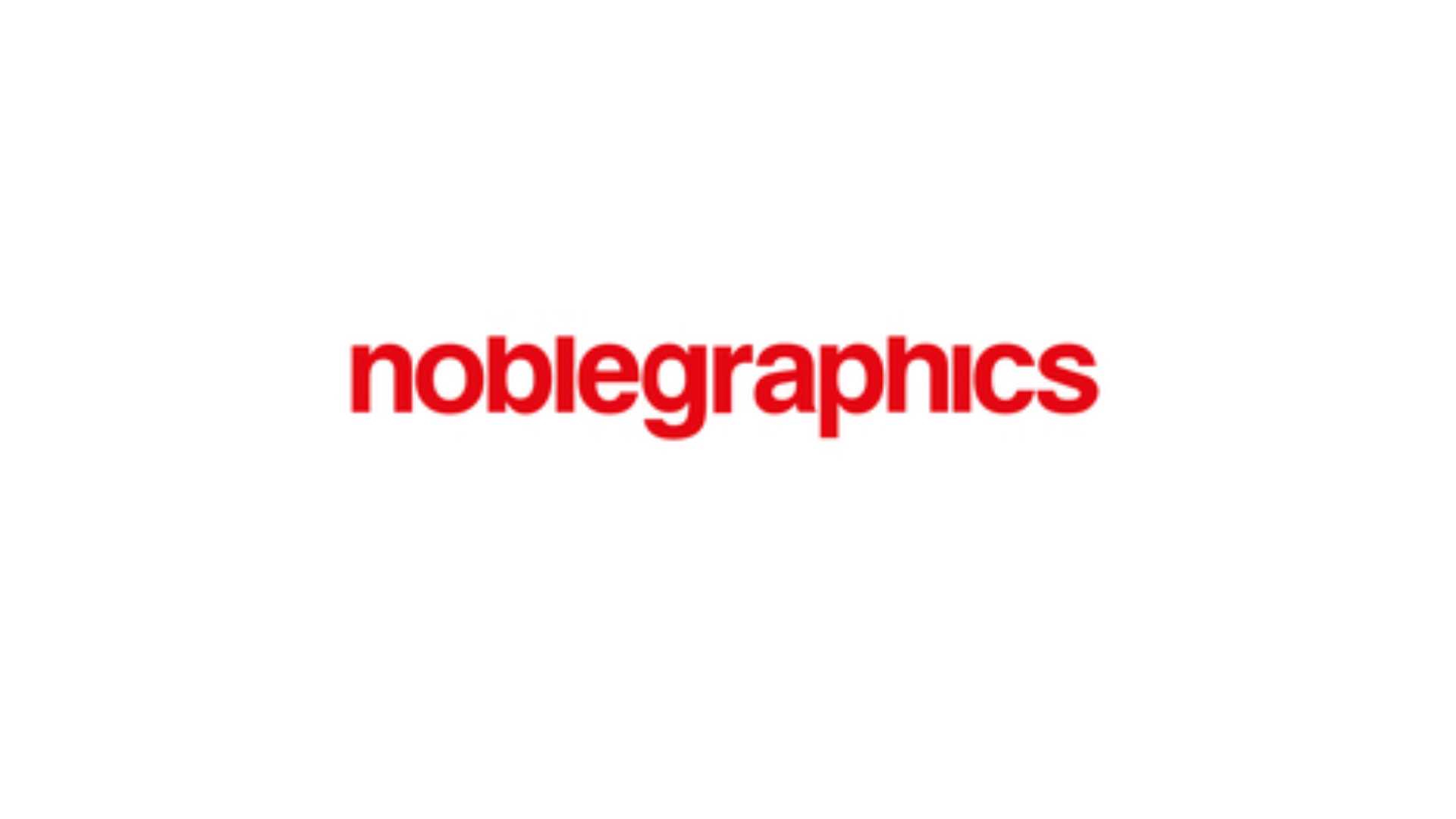Corona virus trampled over the advertising market: the Hungarian media segment is eager to see, if a second wave of COVID-19 will further hinder their expected loss, while companies paused advertising activity at the beginning of the lockdown but resumed quickly after adapting channels and messages.
In a previous weCAN
post, where we summarized how CEE advertising markets reacted to the COVID-19 pandemic so far, it was evident that the coronavirus put all markets to a halt. Although spending didn’t drop drastically in the first weeks, this had many reasons and the fall is clearly visible after May. At first, advertisers were hesitant to make any shift with planned or ongoing campaigns due to the uncertainty of this unusual situation according to Kantar Hungary, but even if they were quick to react, many channels have rather unfavourable conditions for cancellation leaving campaigns untouched mostly in the beginning.
Media market
Since then, these activities were cancelled or rescheduled mainly to autumn and both agencies and advertisers are still counting their losses. Anita Király, COO of Media Services at Café Communications says the whole communication market is expected to endure a 38% decline this year compared to preceding plans, while media agencies realized an average of 10% dip in plans so far. Anita Király add that on the other hand in case a second wave of the coronavirus (likely in the autumn) occurs, this 10-15% loss will be hardly feasible.


Certain media types were also affected by the corona crisis very differently. Online is claimed to be the winner of the situation by many of weCAN regional experts, even expected to lead the needed or missed shift by many companies to digital. Online was the only segment in Hungary, which could realize growth in the past period (March: 15%, April: 7%, May: 5% YoY) but according to Anita Király television also grew in consumer numbers as well as ATV. All other segments took the bullet with OOH and radio suffering the most, while print reaching a slightly smaller yet still visible fall.
Kantar Hungary revealed that the Hungarian government spent the most on advertising – educating citizens on COVID-19 measures such as social distancing and advancing hygiene discipline. The Prime Minister’s Office was so active in the first month of the pandemic with commercial advertisers lagging to react that 45% of all COVID-19-related communication was executed by the government. In the average of three months however, this advantage melts to 11% due to commercial players resuming their communication with some members of the top 10 list showing the triumph of e-commerce (Aldi, Media Markt and Dante International, owner of online stores eMAG and Árukereső.)
 Creative market
Creative market
Similarly, in the creative segment many brands were unsure at the beginning of the pandemic, whether they have to react and if so, how exactly. As Peter Zsembery, Co-creative director of Café Communications Hungary puts: „While some companies have rode the treacherous waves of the lockdown well, most of the brands remained in safe silence during the early days of the outbreak of COVID-19, reacting the bare minimum by showing compassion with some small gestures.” This however changed in the next weeks, showing how diversely brands could react to the crisis.
Brands doing charity
One of the most important things a brand can do during a crisis is good deed, depending on the profile, brands can accomplish this through their own services or in the form of donations. Many Hungarian brands chose to act along this principle: telco companies were one on the firsts to react by providing free calls or additional free data to their subscribers, while carsharing company GreenGo offered part of its electric car fleet to the Budapest Metropolitan Police Department to organize their care for the elderly.
Adapting communication to the pandemic
Crisis can be an opportunity as well, definitely for those brands, who find a way to shape their communication with taking the circumstances into consideration. Just like OTP Bank, who focused on caring for each other while staying at home by
raising awareness for their online services, and margarine brand Rama
shared recipes through influencers who got stuck at home, just like everyone else. Within the retail sector demand was increased, while entering the stores became limited, so brands such as Spar, Tesco, Lidl, Aldi and Auchan constantly conveyed messages about restrictions in online shopping or their regret over delays.

Home production
Content creation, especially photo and video shoots became impossible to organize due to the lockdown. But this special situation brought a new horizon to life: home production. Telenor created a new platform
#wearehereforeachother, showing how people continue to share their everyday life, now online. Beer brands
Soproni and
Borsodi created spots with people enjoying their beer and each other’s company while staying at home, and HBO launched its quarantine show on Instagram, where Hungarian actors answer questions live.
Many thanks
While many stuck at home, first responders and other essential workers had to be out in the frontline, and many companies chose to acknowledge their hard work, whether speaking of own employees or in general. Supermarket chain
Penny Market thanked their employees for their perseverance and dedicated work, and customers for their patience, while
Coca-Cola showed their gratitude to all essential workers on a video on Facebook.
Vanda Virovecz, Regional Business Director of Café_CAN International says that permanent changes are to be expected on the market, and these seemingly unusual ways of communication are just the first steps of it. Strategic thinking is more appreciated than ever, both for brands and agencies, but this pandemic also showed that those companies possess a serious advantage, who are resilient and can quickly change, when faced a new challenge.

 Certain media types were also affected by the corona crisis very differently. Online is claimed to be the winner of the situation by many of weCAN regional experts, even expected to lead the needed or missed shift by many companies to digital. Online was the only segment in Hungary, which could realize growth in the past period (March: 15%, April: 7%, May: 5% YoY) but according to Anita Király television also grew in consumer numbers as well as ATV. All other segments took the bullet with OOH and radio suffering the most, while print reaching a slightly smaller yet still visible fall.
Kantar Hungary revealed that the Hungarian government spent the most on advertising – educating citizens on COVID-19 measures such as social distancing and advancing hygiene discipline. The Prime Minister’s Office was so active in the first month of the pandemic with commercial advertisers lagging to react that 45% of all COVID-19-related communication was executed by the government. In the average of three months however, this advantage melts to 11% due to commercial players resuming their communication with some members of the top 10 list showing the triumph of e-commerce (Aldi, Media Markt and Dante International, owner of online stores eMAG and Árukereső.)
Certain media types were also affected by the corona crisis very differently. Online is claimed to be the winner of the situation by many of weCAN regional experts, even expected to lead the needed or missed shift by many companies to digital. Online was the only segment in Hungary, which could realize growth in the past period (March: 15%, April: 7%, May: 5% YoY) but according to Anita Király television also grew in consumer numbers as well as ATV. All other segments took the bullet with OOH and radio suffering the most, while print reaching a slightly smaller yet still visible fall.
Kantar Hungary revealed that the Hungarian government spent the most on advertising – educating citizens on COVID-19 measures such as social distancing and advancing hygiene discipline. The Prime Minister’s Office was so active in the first month of the pandemic with commercial advertisers lagging to react that 45% of all COVID-19-related communication was executed by the government. In the average of three months however, this advantage melts to 11% due to commercial players resuming their communication with some members of the top 10 list showing the triumph of e-commerce (Aldi, Media Markt and Dante International, owner of online stores eMAG and Árukereső.)
 Creative market
Similarly, in the creative segment many brands were unsure at the beginning of the pandemic, whether they have to react and if so, how exactly. As Peter Zsembery, Co-creative director of Café Communications Hungary puts: „While some companies have rode the treacherous waves of the lockdown well, most of the brands remained in safe silence during the early days of the outbreak of COVID-19, reacting the bare minimum by showing compassion with some small gestures.” This however changed in the next weeks, showing how diversely brands could react to the crisis.
Brands doing charity
One of the most important things a brand can do during a crisis is good deed, depending on the profile, brands can accomplish this through their own services or in the form of donations. Many Hungarian brands chose to act along this principle: telco companies were one on the firsts to react by providing free calls or additional free data to their subscribers, while carsharing company GreenGo offered part of its electric car fleet to the Budapest Metropolitan Police Department to organize their care for the elderly.
Adapting communication to the pandemic
Crisis can be an opportunity as well, definitely for those brands, who find a way to shape their communication with taking the circumstances into consideration. Just like OTP Bank, who focused on caring for each other while staying at home by raising awareness for their online services, and margarine brand Rama shared recipes through influencers who got stuck at home, just like everyone else. Within the retail sector demand was increased, while entering the stores became limited, so brands such as Spar, Tesco, Lidl, Aldi and Auchan constantly conveyed messages about restrictions in online shopping or their regret over delays.
Creative market
Similarly, in the creative segment many brands were unsure at the beginning of the pandemic, whether they have to react and if so, how exactly. As Peter Zsembery, Co-creative director of Café Communications Hungary puts: „While some companies have rode the treacherous waves of the lockdown well, most of the brands remained in safe silence during the early days of the outbreak of COVID-19, reacting the bare minimum by showing compassion with some small gestures.” This however changed in the next weeks, showing how diversely brands could react to the crisis.
Brands doing charity
One of the most important things a brand can do during a crisis is good deed, depending on the profile, brands can accomplish this through their own services or in the form of donations. Many Hungarian brands chose to act along this principle: telco companies were one on the firsts to react by providing free calls or additional free data to their subscribers, while carsharing company GreenGo offered part of its electric car fleet to the Budapest Metropolitan Police Department to organize their care for the elderly.
Adapting communication to the pandemic
Crisis can be an opportunity as well, definitely for those brands, who find a way to shape their communication with taking the circumstances into consideration. Just like OTP Bank, who focused on caring for each other while staying at home by raising awareness for their online services, and margarine brand Rama shared recipes through influencers who got stuck at home, just like everyone else. Within the retail sector demand was increased, while entering the stores became limited, so brands such as Spar, Tesco, Lidl, Aldi and Auchan constantly conveyed messages about restrictions in online shopping or their regret over delays.
 Home production
Content creation, especially photo and video shoots became impossible to organize due to the lockdown. But this special situation brought a new horizon to life: home production. Telenor created a new platform #wearehereforeachother, showing how people continue to share their everyday life, now online. Beer brands Soproni and Borsodi created spots with people enjoying their beer and each other’s company while staying at home, and HBO launched its quarantine show on Instagram, where Hungarian actors answer questions live.
Many thanks
While many stuck at home, first responders and other essential workers had to be out in the frontline, and many companies chose to acknowledge their hard work, whether speaking of own employees or in general. Supermarket chain Penny Market thanked their employees for their perseverance and dedicated work, and customers for their patience, while Coca-Cola showed their gratitude to all essential workers on a video on Facebook.
Vanda Virovecz, Regional Business Director of Café_CAN International says that permanent changes are to be expected on the market, and these seemingly unusual ways of communication are just the first steps of it. Strategic thinking is more appreciated than ever, both for brands and agencies, but this pandemic also showed that those companies possess a serious advantage, who are resilient and can quickly change, when faced a new challenge.
Home production
Content creation, especially photo and video shoots became impossible to organize due to the lockdown. But this special situation brought a new horizon to life: home production. Telenor created a new platform #wearehereforeachother, showing how people continue to share their everyday life, now online. Beer brands Soproni and Borsodi created spots with people enjoying their beer and each other’s company while staying at home, and HBO launched its quarantine show on Instagram, where Hungarian actors answer questions live.
Many thanks
While many stuck at home, first responders and other essential workers had to be out in the frontline, and many companies chose to acknowledge their hard work, whether speaking of own employees or in general. Supermarket chain Penny Market thanked their employees for their perseverance and dedicated work, and customers for their patience, while Coca-Cola showed their gratitude to all essential workers on a video on Facebook.
Vanda Virovecz, Regional Business Director of Café_CAN International says that permanent changes are to be expected on the market, and these seemingly unusual ways of communication are just the first steps of it. Strategic thinking is more appreciated than ever, both for brands and agencies, but this pandemic also showed that those companies possess a serious advantage, who are resilient and can quickly change, when faced a new challenge.












